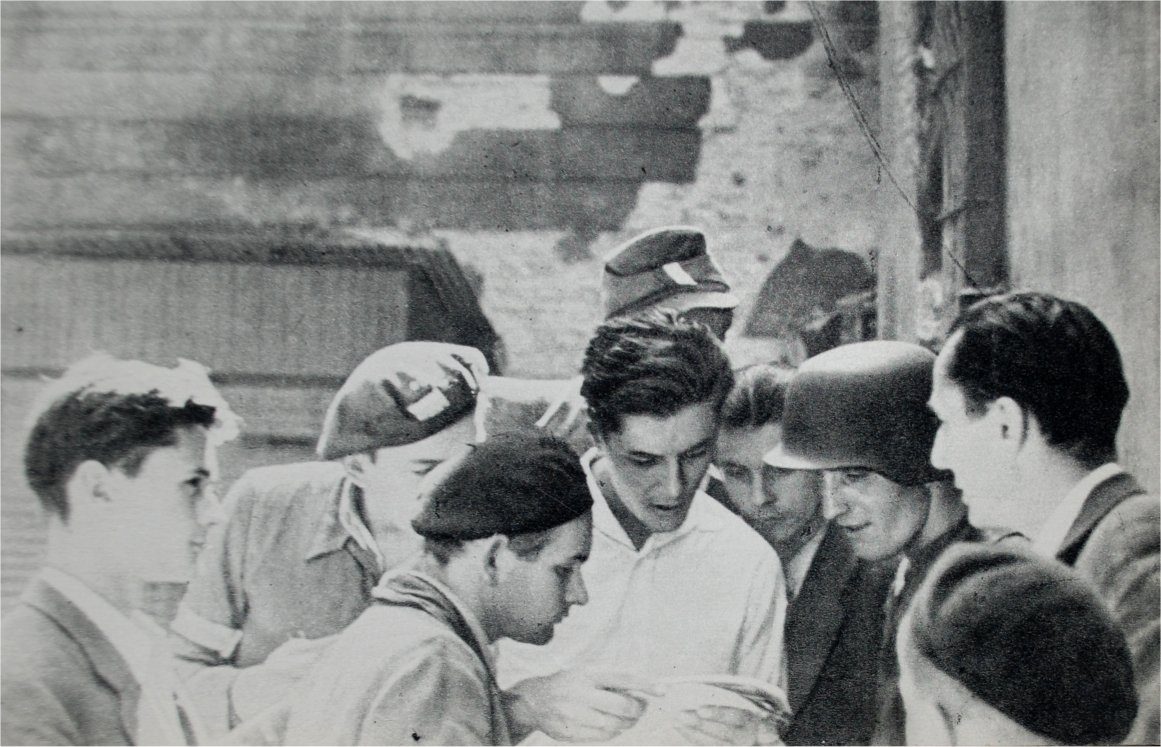Although Sylwester Braun was not a professional photographer, he cared about the technical details of his photographs. He was able to hide photographs well from the Germans. It was Braun who took the photograph capturing the moment the Prudential skyscraper was hit by a German missile during the Warsaw Uprising.
Sylwester Braun was born on 1 January 1909 in Warsaw. Before the outbreak of the Second World War, he graduated in Geodesy from the Warsaw University of Technology and worked as a planner at the City Hall in Warsaw.
After Poland was occupied by the Germans in 1939, he joined the pro-independence armed conspiracy: by joining the Military Organisation “Wolves” and then the Union of Armed Struggle – Home Army, he adopted the pseudonym “Kris”.
He was not a professional photographer, but many considered him to be a person who could be in the right place at the right time with a camera in hand. In the first days of the outbreak of the largest anti-German armed uprising during the Second World War (the Warsaw Uprising – August 1944), he joined the Photographic Section of the Home Army’s Office of Information and Propaganda. He took more than 3,000 photographs from the period of the uprising, of which only half have survived. He paid great attention to the technical details of photography. Braun developed the photographs himself in his own laboratory, based on an original method he had developed.
He lived in Warsaw at 28 Kopernika Street and it was from there that he managed to take his most famous photograph – capturing the moment when a 2-ton bullet hit the building of the Prudential Insurance Company. It was fired by the Germans from the Karl mortar.
The building was one of the first skyscrapers built before the Second World War in the Polish capital. Sylwester Braun photographed the incident on 28 August 1944 from the roof of the building where he lived. When he wanted to take more pictures of the skyscraper, he had to hold on to the chimney because the blast was so strong that it almost knocked him to the ground. ‘The Prudential’ was more than half a kilometre away from him.
After the fall of the Uprising, Braun was taken prisoner by the Germans. During his transport to a prisoner of war camp, he managed to escape. In early 1945, he returned to Warsaw and took the negatives he had hidden earlier. He left for Sweden and in the 1960s for the USA. In 1981, he donated his archive of negatives of photographs from the Warsaw Uprising to the Museum of Warsaw. He died in Warsaw on 9 February 1996.





